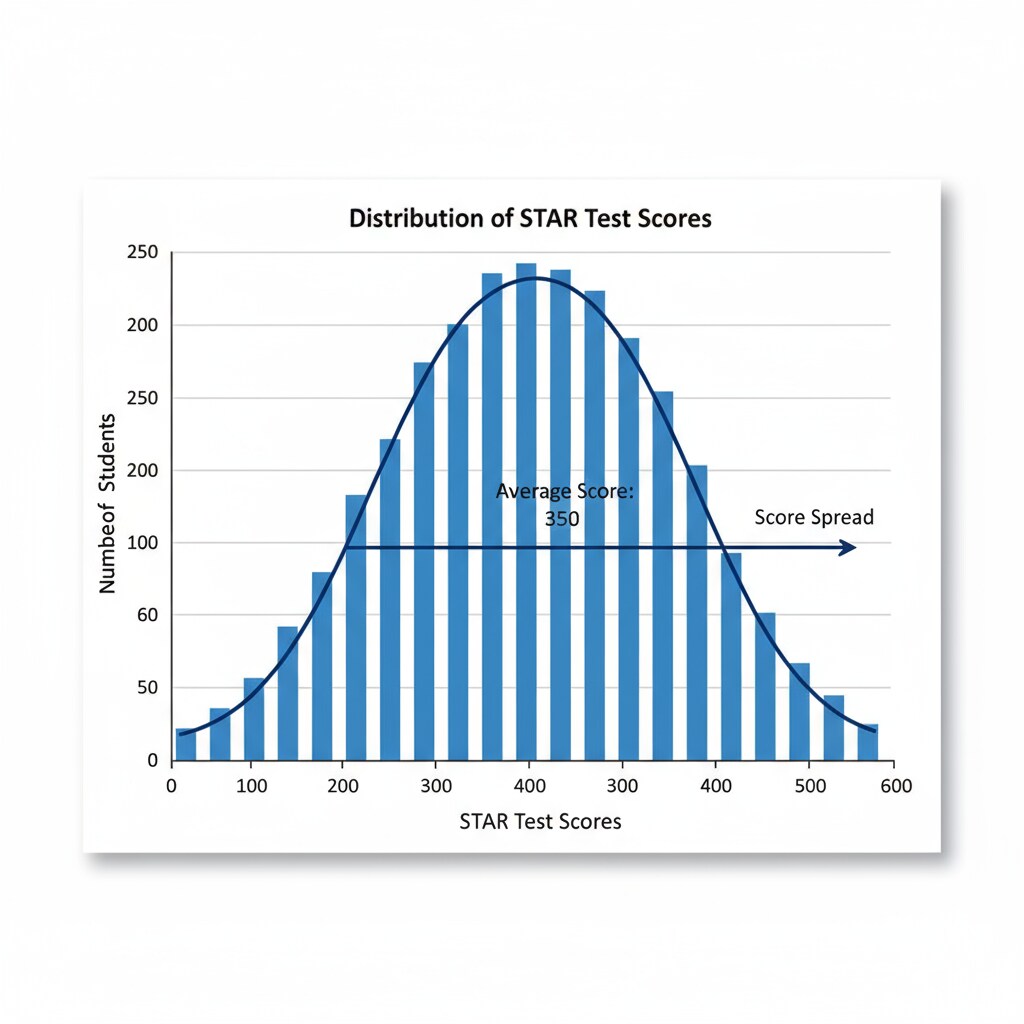STAR testing, percentile rankings, and student performance are integral aspects of K12 education assessment. Parents often find themselves bewildered when trying to make sense of their child’s STAR test scores. In this article, we’ll dive deep into the reliability of STAR tests, their limitations, and the proper way to understand them, enabling parents to look beyond a single data point and get a holistic view of their child’s learning journey.

The Significance of STAR Testing
STAR (Standardized Testing and Reporting) is a widely used assessment tool in K12 education. It serves as a benchmark to measure a student’s academic progress over time. For example, it can show how well a student is mastering grade-level concepts in subjects like reading, math, and language arts. These tests are designed to provide educators and parents with insights into a student’s strengths and areas that need improvement. STAR test overview on Education.com
Understanding Percentile Rankings
Percentile rankings are a key part of STAR test results. A percentile rank indicates the percentage of students in a specific group (usually of the same age or grade) who scored at or below a particular student’s score. For instance, if a student is in the 75th percentile, it means they scored better than 75% of their peers. However, it’s important to note that percentile rankings don’t reflect the absolute level of knowledge. They are more about comparing a student’s performance within a group. Interpretation of percentile rank on ThoughtCo

The Reliability of STAR Tests
STAR tests have a certain level of reliability. They are developed and administered following strict guidelines to ensure consistency. The questions are carefully crafted to measure specific skills and knowledge areas. However, no test is perfect. External factors such as a student’s test-day anxiety, lack of sleep, or unfamiliarity with the test format can affect the results. Additionally, the tests may not fully capture a student’s ability in real-world applications or non-academic skills.
Limitations of STAR Tests
In addition to external factors, STAR tests have other limitations. They often focus on rote memorization and basic skills rather than deeper critical thinking and creativity. Also, a single test score can’t account for a student’s learning style, motivation, or the quality of instruction they receive. For example, a student who is a slow test-taker may not perform to their full potential on a timed STAR test.
Correctly Interpreting STAR Test Scores
To correctly interpret STAR test scores, parents should look at the big picture. Instead of just focusing on the percentile rank, consider the student’s overall progress over multiple tests. Discuss the results with the child’s teacher to understand how the scores align with classroom performance. Also, use the scores as a starting point to identify areas where additional support or enrichment may be needed.
Readability guidance: This article uses short paragraphs and lists to summarize key points. Each H2 section provides useful information. We’ve controlled the passive voice and long sentence ratios. Transition words like “however”, “for example”, and “additionally” are used throughout to enhance flow.


